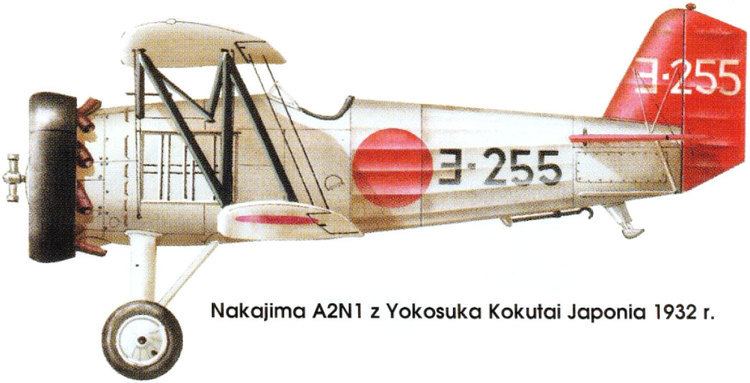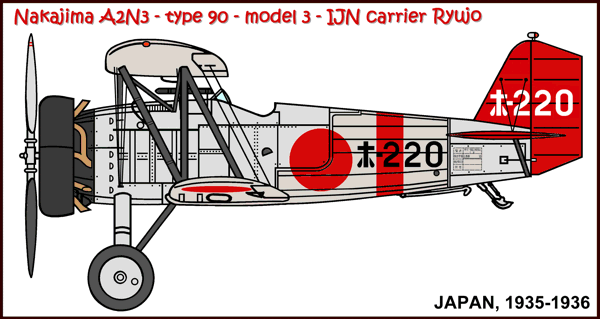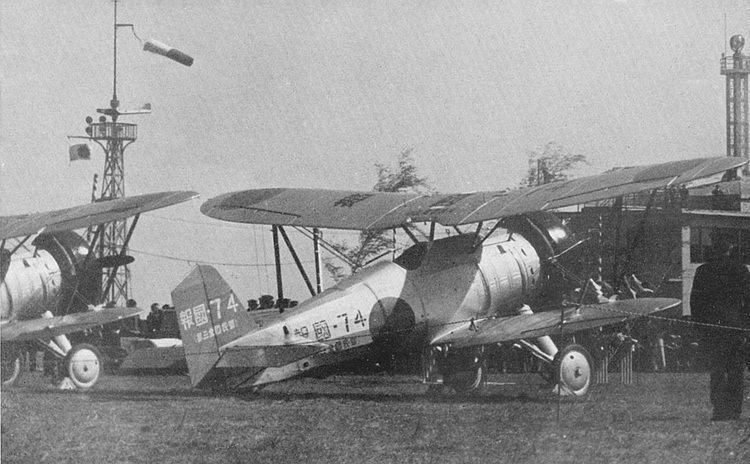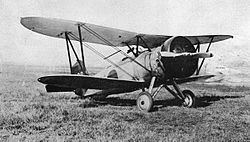Top speed 293 km/h Length 6.18 m | Wingspan 9.37 m First flight 1929 | |
 | ||
Ww2 japan nakajima aircraft a2n ww2 japon aeronave nakajima a2n
The Nakajima A2N or Navy Type 90 Carrier-based fighter was a Japanese carrier-borne fighter of the 1930s. It was single-engine, biplane of mixed construction, with a fixed, tailwheel undercarriage.
Contents
- Ww2 japan nakajima aircraft a2n ww2 japon aeronave nakajima a2n
- Design and development
- Operational history
- Variants
- Specifications A2N1
- References

Design and development

The A2N was originally developed as a private venture by Nakajima for the Imperial Japanese Navy. It was based loosely on the Boeing Model 69 and Boeing Model 100, examples of both having been imported in 1928 and 1929 respectively. Takao Yoshida led the design team. Two prototypes, designated 'Navy Type 90 Carrier-based fighter' in anticipation of Navy acceptance were ready by December 1929. Powered by Bristol Jupiter VI engines, these were rejected, not being regarded as offering a significant improvement over the Nakajima A1N.

Jingo Kurihara carried out a partial redesign and another prototype, the A2N1, powered by a 432 kW (580 hp) Nakajima Kotobuki 2, was completed in May 1931. The type was adopted by the Navy in April 1932. In 1932, Minoru Genda formed a flight demonstration team known as "Genda's Flying Circus" to promote naval aviation and flew this type.

A two-seat trainer was later developed from the Navy Type 90 Carrier-based fighter as the A3N1 and 66 of these were built between 1936 and 1939.
Operational history
The Navy Type 90 Carrier-based fighter flew from the Hōshō, Kaga and Ryūjō.
Variants

Specifications (A2N1)
Data from Japanese Aircraft, 1910-1941; The Complete Book of Fighters
General characteristics

Performance
Armament
